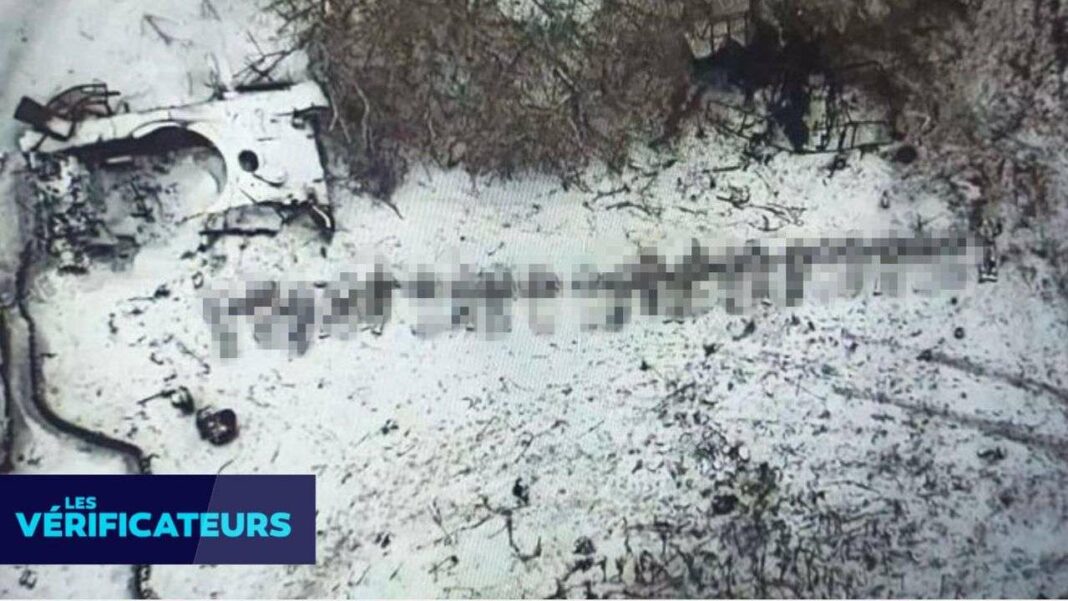Emerging reports indicate that North Korean soldiers, fighting alongside Russian forces, may have sustained casualties in the ongoing conflict in Ukraine. Ukrainian President Volodymyr Zelensky confirmed their involvement in assaults, while drone footage suggests casualties in the Kursk region. Initial investigations point to a gathering of bodies, but the exact identities of the deceased remain unverified. Ukrainian military intelligence notes injuries and deaths among North Koreans, complicating the narrative for both Russia and Ukraine as the war continues.
Emerging Reports of North Korean Casualties in the Ukraine Conflict
Recent claims suggest that North Korean soldiers, deployed alongside Russian forces, may have already suffered casualties on the front lines. Reports circulating on Sunday, December 15, indicate that Ukrainian armed forces have shot down several North Korean soldiers in the Kursk region of Russia. This revelation follows a statement from Ukrainian President Volodymyr Zelensky, who announced that these soldiers would be involved in ‘assaults’ in collaboration with Russian military units. But what is the truth behind these images?
Investigating the Source of the Images
The images and videos in question appear to depict the same scene, consistently showing 23 bodies on the ground. Notably, a destroyed tank and its tracks are visible on the left side of the frame, while the wreckage of another vehicle is positioned at the top right. These details are crucial for context, as they offer clues about the location of the incident.
Initial findings reveal that Robert Brovdi, a Ukrainian commander from the ‘Hungarian Birds’ aerial reconnaissance unit, was the first to share these images on his Telegram channel. He claims that the footage was captured using a ‘Mavic’ drone. This assertion aligns with insights from a military source, who confirms the video’s authenticity. Brovdi’s post indicates that the casualties resulted from a coordinated raid involving multiple Ukrainian military brigades in the Kursk region.
While the exact filming location is still under investigation, evidence suggests that the images were indeed taken in the Kursk oblast, specifically near the village of Korenevsky. The environmental features—such as fields, vegetation, and snowy landscapes—correspond with recent imagery from this area, further supported by the operational positions of the brigades involved in the attack. The last known whereabouts of the ‘Magura’ brigade, also known as the 47th mechanized brigade, places them just six kilometers from the site depicted in the video.
As the investigation continues, questions arise regarding the nationalities of the fallen soldiers. Brovdi asserts that the drone footage reveals an organized gathering of victims within the Russian territory, suggesting that North Korean soldiers are among the deceased. However, he does not provide evidence to confirm their identities, raising concerns about the credibility of these claims. Andrii Kovalenko, the head of the Center for Countering Disinformation, reported on Telegram that more North Korean casualties have occurred in the Kursk area, although this statement remains unverified.
Ukrainian military intelligence has noted that ‘at least 30 North Korean soldiers’ have been injured or killed in the Kursk region, particularly near the villages of Plekhovo, Vorojba, and Martynovka. However, they have yet to clarify whether the individuals shown in the drone footage are part of this group.
In conclusion, while the authenticity of the videos circulating on social media has been validated, it remains unclear if they exclusively depict North Korean soldiers. The complexities of this situation warrant caution, as both Russia and Ukraine have significant stakes in the narrative surrounding these events. For Russia, obscuring the identities of the deceased serves to downplay the use of North Koreans as expendable forces, while Ukraine seeks to maintain morale among its troops amidst the evolving conflict. As the war progresses into its third winter, the implications of Kim Jong-un’s alliance with Vladimir Putin continue to unfold.
